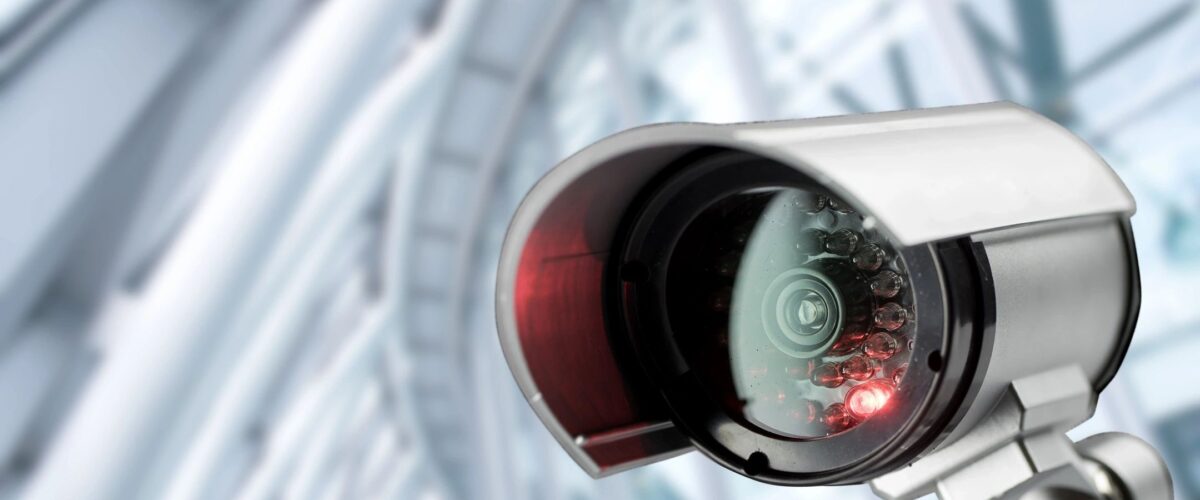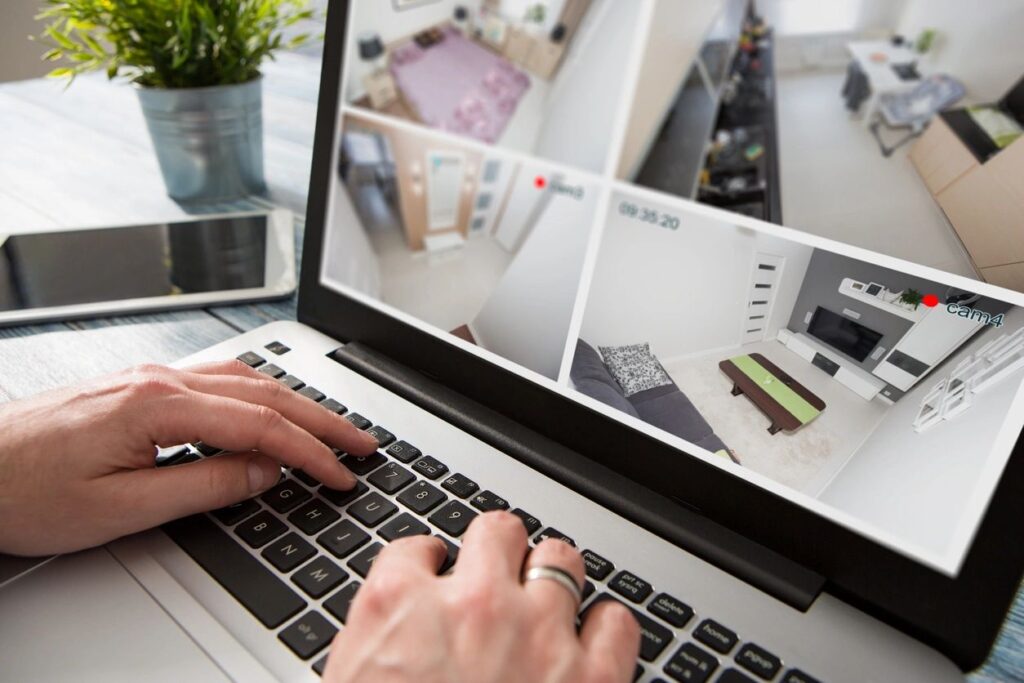
Wireless security camera systems have become a vital component for businesses looking to protect their assets and ensure the safety of their employees. This comprehensive guide aims to provide you with a clear understanding of wireless security camera systems, their benefits, and how they can be integrated with a cloud-based phone system to enhance security management.
Understanding Wireless Security Camera Systems
What Are Wireless Security Camera systems?

Wireless security camera systems are surveillance devices that transmit video and audio signals wirelessly to a receiver or a cloud storage service. Unlike traditional wired cameras, these systems do not require physical cables to transmit data, making them easier to install and more flexible in terms of placement.
Content Overview
Types of Wireless Security Cameras
- Battery-Powered Cameras: These cameras are entirely wireless and can be placed anywhere, as they do not require a power source. They are ideal for areas where wiring is difficult.
- Plug-In Cameras: While these cameras still transmit data wirelessly, they need to be plugged into a power source. They offer continuous power and are suited for locations with easy access to electrical outlets.
- Wire-Free Cameras: These cameras operate on battery power and communicate with a base station that is connected to the internet, combining ease of installation with reliable connectivity.
Key Features to Look For
- Resolution: Higher-resolution cameras provide clearer images. Look for cameras with at least 1080p resolution.
- Night Vision: Infrared LEDs allow cameras to capture clear footage in low-light or no-light conditions.
- Motion Detection: Cameras with motion sensors can trigger alerts and start recording when movement is detected.
- Two-Way Audio: This feature enables communication through the camera, useful for greeting visitors or warning intruders.
- Cloud Storage: Storing footage in the cloud provides easy access and additional security, preventing data loss due to damage or theft of the camera.
Benefits of Wireless Security Camera Systems
Easy Installation and Flexibility
Wireless security cameras are straightforward to install as they do not require extensive wiring. This flexibility allows businesses to place cameras in optimal locations without worrying about proximity to power sources or network connections.
Remote Monitoring
With wireless security camera systems, you can monitor your business premises from anywhere using a smartphone, tablet, or computer. This remote access ensures that you are always aware of what is happening, even when you are not physically present.
Scalability
Adding additional cameras to a wireless security system is simple and cost-effective. This scalability is particularly beneficial for growing businesses that may need to expand their surveillance coverage over time.
Enhanced Security
Wireless systems are less susceptible to tampering since there are no cables that intruders can cut. Additionally, advanced encryption and authentication protocols ensure that your data remains secure.
Integrating Wireless Security Cameras with a Cloud-Based Phone System
What Is a Cloud-Based Phone System?
A cloud-based phone system, also known as Voice over Internet Protocol (VoIP), is a communication service hosted on the Internet. It allows businesses to make and receive calls, manage voicemail, and utilize various communication features without relying on traditional phone lines.
Advantages of Integrating Security Cameras with VoIP
- Unified Management: Integrating wireless security cameras with your cloud-based phone system enables centralized management of both communication and security systems through a single interface.
- Real-Time Alerts: Receive real-time alerts on your phone system when motion is detected or when the camera’s status changes, allowing for immediate action.
- Two-Way Communication: Utilize the two-way audio feature of your security cameras through your VoIP system to communicate directly with individuals on your premises.
- Automated Responses: Set up automated responses, such as calling the authorities or triggering alarms, when specific events are detected by the cameras.
How to Implement the Integration
- Choose Compatible Systems: Ensure that your wireless security camera systems and cloud-based phone systems are compatible. Look for cameras that support integration with VoIP services.
- Set Up Cloud Storage: Configure your cameras to store footage in the cloud for easy access and review. Many cloud storage solutions offer integration with VoIP systems.
- Configure Notifications: Set up your phone system to receive alerts and notifications from your security cameras. This can be done through the phone system’s app or interface.
- Test the System: Conduct thorough testing to ensure that the integration is functioning correctly. Test real-time alerts, two-way communication, and automated responses.
Best Practices for Businesses
Regular Maintenance and Updates
Ensure that your wireless security camera systems and cloud-based phone systems are regularly maintained and updated. Firmware updates for cameras and software updates for your phone system can address security vulnerabilities and improve functionality.
Employee Training
Train your employees on how to use the integrated system effectively. This includes understanding how to access camera feeds, respond to alerts, and utilize two-way communication features.
Data Privacy and Compliance
Adhere to data privacy regulations and ensure that your surveillance practices comply with local laws. This includes informing employees and visitors about the presence of security cameras and how the data is used.
Backup and Redundancy
Implement backup and redundancy measures to ensure continuous surveillance coverage. This can include having backup cameras and ensuring that your cloud storage has redundancy to prevent data loss.
In Summary
Wireless security camera systems offer numerous advantages for businesses, including easy installation, remote monitoring, and scalability. By integrating these systems with a cloud-based phone system, businesses can enhance their security management with real-time alerts, two-way communication, and automated responses. By following best practices such as regular maintenance, employee training, and compliance with data privacy regulations, businesses can ensure that their security systems are effective and reliable. Whether you are a small business owner or managing a large enterprise, wireless security cameras paired with a VoIP system provide a comprehensive solution to safeguard your assets and maintain peace of mind.
🌟 Your Feedback Matters! 🌟
Hello, valued readers,
As we continue to strive for excellence in delivering insightful content on UCaaS, CCaaS, VoIP business phone services, and their myriad features, we can’t help but wonder: How are we doing?
Your opinions and thoughts are incredibly important to us. Are our blog posts hitting the mark? Are there specific topics you’d love to learn more about? Do you have suggestions for improvements or new content ideas?
We invite you to take a moment to share your feedback with us. Your comments help us tailor our content to better suit your needs and interests.
Please feel free to leave a comment below this post, or you can contact us directly via email at hello@consumerinformationsolutions.com or give us a call or text us at 818-864-7729. We’re here to listen and eager to hear from you.
Thank you for being part of our community and for your continued support!
Warm regards, Alex Macis/Consumer Information Solutions
